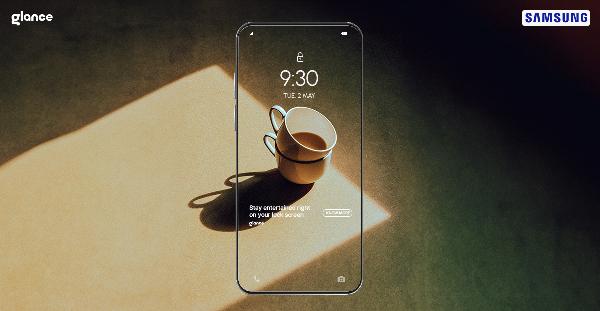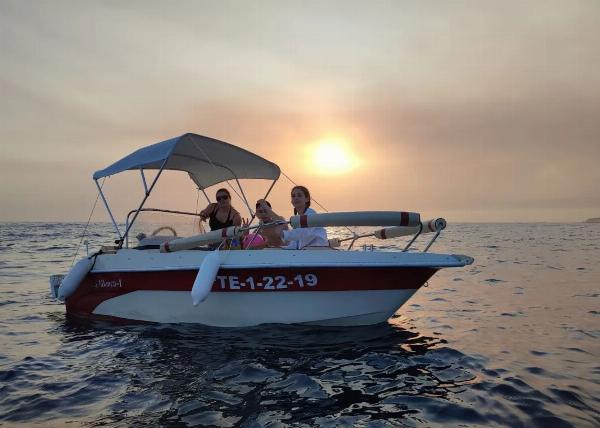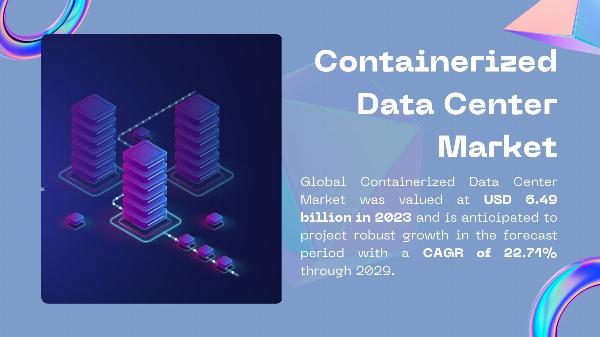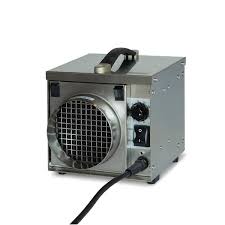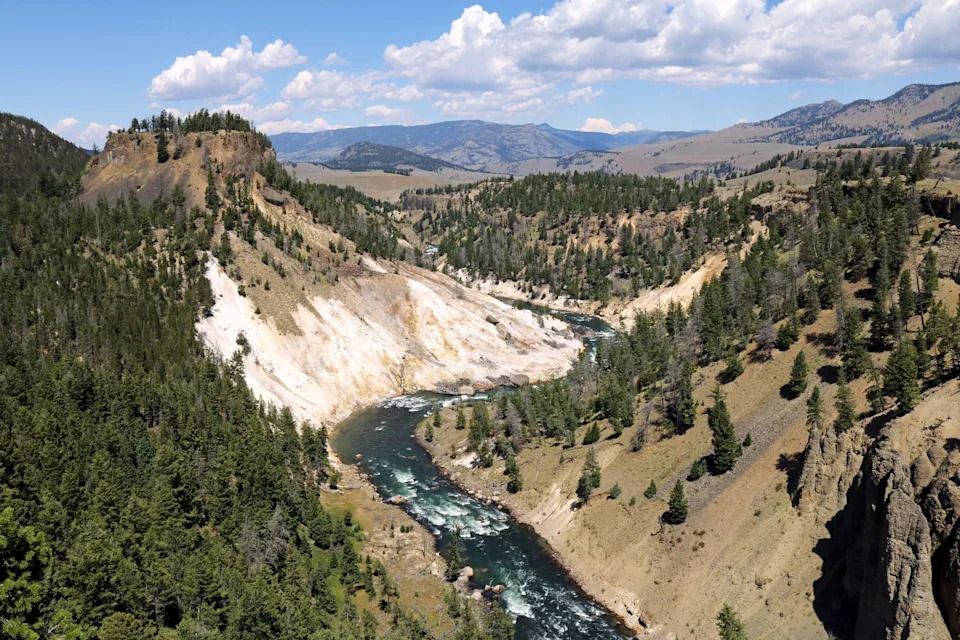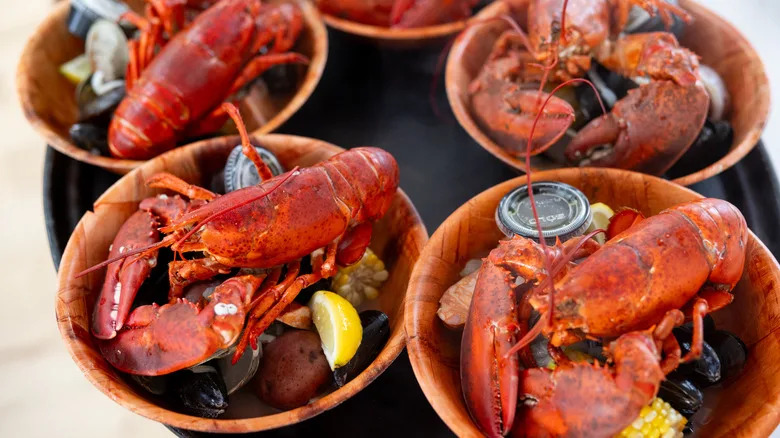
We're all familiar with lobsters, but you would be forgiven if you had some questions about langoustines, starting with, "What the heck are they?" The langoustine, otherwise known as the Norway lobster, is the American lobster's baby cousin.It measures about 10 inches long when fully grown, packs tender, sweet meat in its tail, and sports a vibrant orange hue.You might know themas scampi, as that's how they often appear on restaurant menus.But the problem is langoustines rarely do appear on menus, and there are reasons for that. The first one is that lobster is much more ubiquitous. It's found in several oceans around the world, though it'smost abundant along the Atlantic coast of North America. TheGulf of Maine,in particular, is the centre of the lobster industry in the United States.
North Atlantic waters have a large lobster population, which makes them more accessible and affordable than langoustines. In fact, you will even find lobster at McDonald's (as well as these chain restaurants that serve the highest and lowest quality seafood).Before European settlers arrived in North America, Indigenous people claimed that lobsters wereso abundant that they washed up in piles up to 2 feet high on the shores of New England and Canada's Nova Scotia. For centuries, they were so easy to find that they were considered a poor person's meal. But by World War II, lobster went from prison food to luxury cuisine in the U.S.,primarily because train transportation had brought the shellfish to other parts of the world — and it was a massive hit.
Read more: Store-Bought Lemonade, Ranked From Worst To Best
Why Exactly Are Langoustines So Rare?
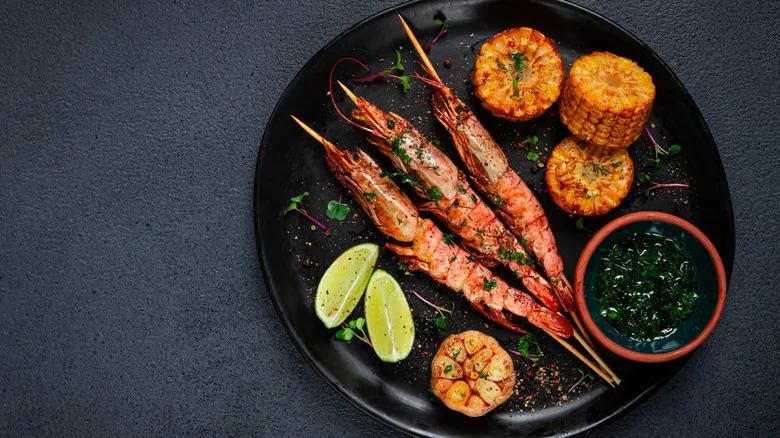 grilled langoustines with corn and lime on a black plate - Didebashvili.GEO/Shutterstock
grilled langoustines with corn and lime on a black plate - Didebashvili.GEO/ShutterstockThere are a few reasons why langoustines (above) are harder to order at a restaurant than lobsters. First of all, langoustines are highly sensitive and require quite a sophisticated shipping process. Specifically, after they are caught, they need to be placed in their own individual compartments. If they're crammed together in tight spaces, they tend to descend into panic. The fear can cause them to become defensive and attack each other. Complicating things further, if they die before they make it to the kitchen to be prepared, they will "autoconsume," turning black in color and becoming inedible. For this reason, restaurants serving langoustine need to kill them literally just minutes before they are cooked for their customers.
AdvertisementAdvertisement#«Rne4kr8lb2m7nfddbH1» iframe AdvertisementAdvertisement#«R17e4kr8lb2m7nfddbH1» iframeIf all that wasn't enough to make these creatures hard to get, then there's the fact that there are firm regulations around the number of langoustines that can be taken from their habitat, the North Sea, imposed by the British government and the European Union. These restrictions were put in place after a sharp decline in langoustine populations began to take place about 20 years ago.
So, with all these factors working against a restaurant to get langoustines on the menu, know that when you do see them, many people went to great lengths to get this delicacy on your plate. That being said, if it strikes you as a little suspicious that a certain establishment has these rare creatures on offer,remember to never ignore these red flags at a seafood restaurant.
Read the original article on Chowhound.


